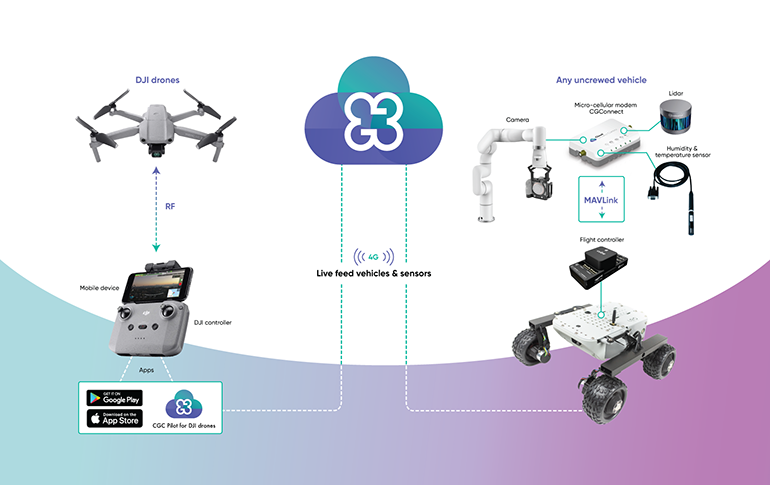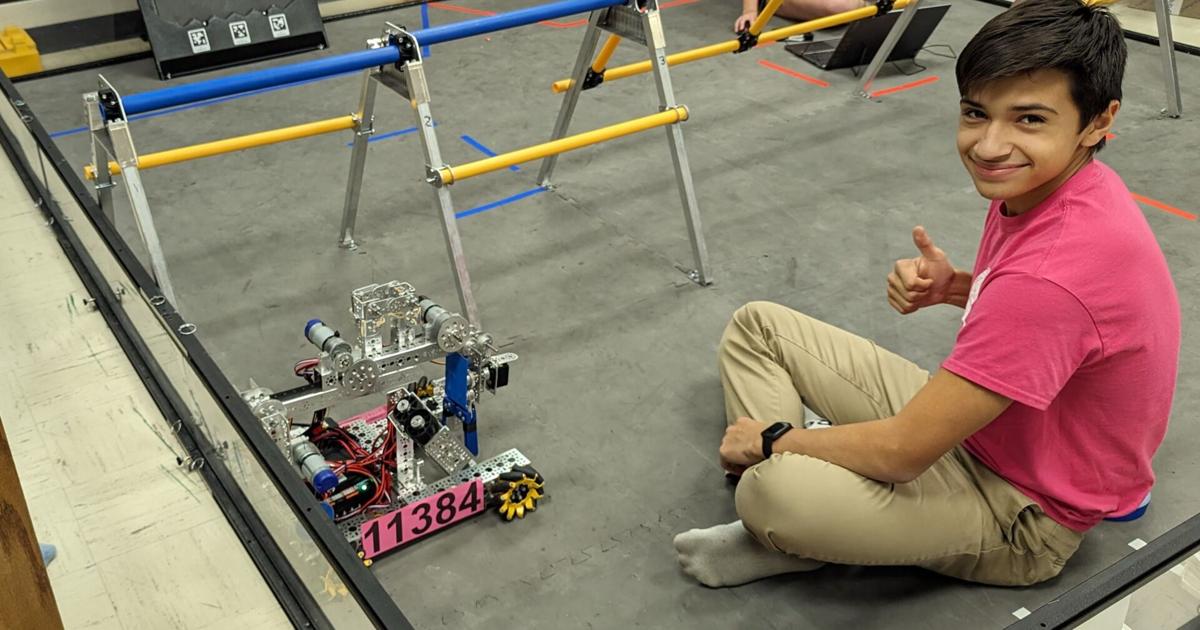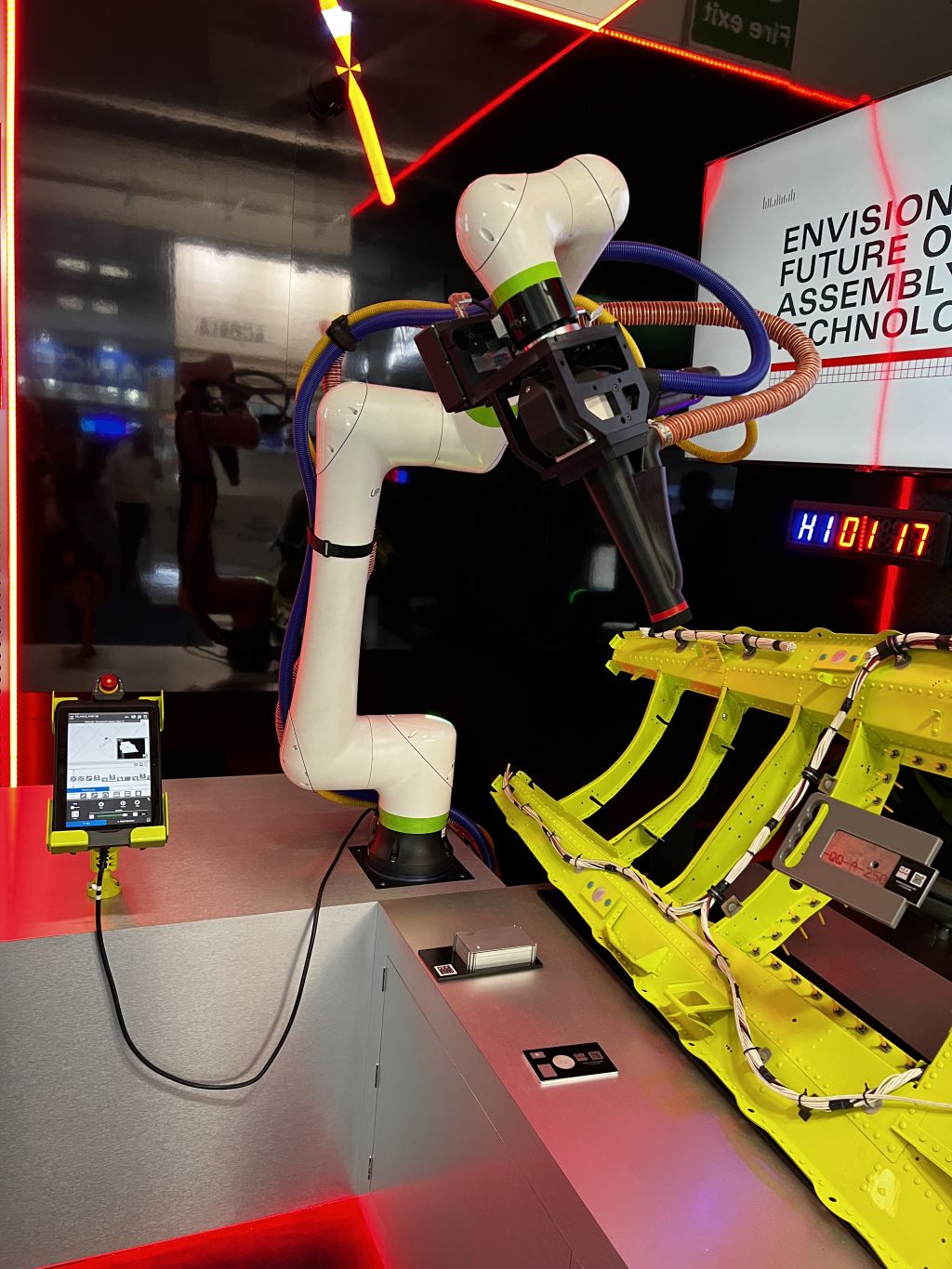|
Listen to this article |

Bringing a product concept to life is no mean feat. From development to pilot phase and scalability, a lot needs to be considered.
By Cloud Ground Control
It’s an exciting and promising time to venture into robotics. Global investment in robotics is skyrocketing, with Boston Consulting Group predicting the market will grow from approximately $25 billion in 2021 to between $160 billion and $260 billion by 2030. New technologies are emerging at an unprecedented rate and becoming exponentially accessible. From open-source codes, boundless connectivity to more affordable hardware components and faster processors, the stars seem to be aligned for anyone harboring a dream to launch their own robotics product.
However, turning that dream into reality is no simple feat.
1. Have an unusual product idea with a ‘technical moat’
Successful entrepreneurs carve out a unique place for themselves in the market and then defend it. They start by identifying a problem that hasn’t been addressed or a need the market might not be aware of. The concept of maintaining a ‘technical moat’ – building a line of defense with compelling, hard-to-replicate products – is of paramount importance. It is critical to prioritize development of the product’s unique value proposition ahead of anything else.
2. Establish clear entry and exit criteria for pilot program
When done right, a pilot program will allow robotics developers to test the waters effectively. A common mistake is having muddy entry and exit criteria, causing startups to spend too much time in the pilot phase. Robots, unlike software which can be iterated quickly, take more time to move from the pilot phase to wider rollout. While it’s crucial to enter with a ready, out-of-the-box solution, lingering around trying to ‘perfect’ it can have negative ramifications, such as missing the prime time for a commercial launch and risking credibility with stakeholders.
Be sure to set a clear timeline with prioritized goals for the pilot program, and leverage market-ready solutions if needed. Then move on once these goals are met.
3. Avoid reinventing the wheel by by leveraging existing technologies
The century-old question of whether to build or buy technology remains up for debate. For a robotic solution that’s new to the game, the stakes of reinventing the wheel are high.
It can be easy to fall into the trap of wasting time and energy on building technologies that are already on the market. Existing technologies have gone through hundreds of tests to arrive at a mature, market-ready solution. By leaning on third-party, off-the-shelf expertise, startups don’t have to allocate extra time, money and resources to design, develop, test and maintain new systems that fall outside their core skill set.
Reasons to leverage technologies instead of build
- Is there an existing affordable commercial solution [the solution] on the market?
- Is the solution scalable?
- Will the solution strengthen the product’s competitive advantage?
- Does the solution fall outside the product team’s core skill set?
If the answer to these questions is yes, leverage the available commercial solution. Don’t fall into the trap of wasting time and money building technology already on the market. Just because you can, doesn’t mean you should!

Fast track robotic development by leveraging cloud-fleet solutions such as Cloud Ground Control
4. Establish a diverse multi-talented team
People are the backbone to every business. Robotics is a highly interdisciplinary field. Being able to identify talents with diversified expertise will expedite and optimize development of the product, transforming it from concept to reality. Hire people who are not only experts in their field, but who can transfer a phenomenal product from the production line to a showroom full of stakeholders, and ultimately help the business achieve market success.
5. Build a ‘user-friendly’ product
A product needs to be able to speak ‘with’ the user and not just ‘to’ them. If technical features are there to fulfill a common market need, then UX and UI are the tools that will make the product ‘enjoyable’ to use. If the robotics product is confusing or difficult to navigate, the user will either look for an alternative or simply revert to their old way of doing things.
6. Software security should be front of mind
Software security should be at the front of mind when developing a robot.
As product demand grows, some startups can find it tempting to rush through the production phase to stay ahead of the race. When security becomes an afterthought, robots can be exposed to serious cyber threats and vulnerabilities that make it even harder to go back and implement security. As the impact snowballs, it ultimately takes a huge toll on the startup’s reputation.
It’s imperative that security is incorporated from day one. Time invested upfront means less time has to be spent re-working and fixing errors.
7. Focus on solving user’s problem, not the technology
A team may be proud of its beautifully crafted, one-of-a-kind robot from an engineering perspective. But when taking it to market, their mindset needs to flip from one of technicality to practicality. In fact, over-engineered products don’t always end up with market success. Their complex features mean they are usually expensive and cumbersome to manufacture, which bumps up the market price and results in fewer orders.
When developing a new product, robotic developers need to strike a balance between uniqueness and practicality, and make sure it justifies its final market price.

Focus on solving user’s problem, not the technology
Finally, adopt a long-term vision
For a robotics product to be truly successful, it’s essential to adopt a long-term vision from product development and scalability to leveraging existing technologies with user-friendly designs. These considerations will all help to build resilience and mitigate the common challenges robotic developers face.
About Cloud Ground Control
Cloud Ground Control (CGC) is a revolutionary cloud-based drone fleet management platform that expedites multi-user, multi-vehicle and multi-domain operations.
It allows pilots and mission planners to remotely command and control a swarm of uncrewed vehicles across air, land and sea through a web-browser, stream real-time video feed and telemetry, and easily access and manage captured data.
By providing full situational awareness in unfolding events, CGC plays a vital role in search and rescue, emergency response and disaster relief operations. Continuing to expand human capabilities in diverse missions, CGC is heralding a new era of drones and robotics endeavors.
For more information visit www.CloudGroundControl.com
Sponsored content by Cloud Ground Control











